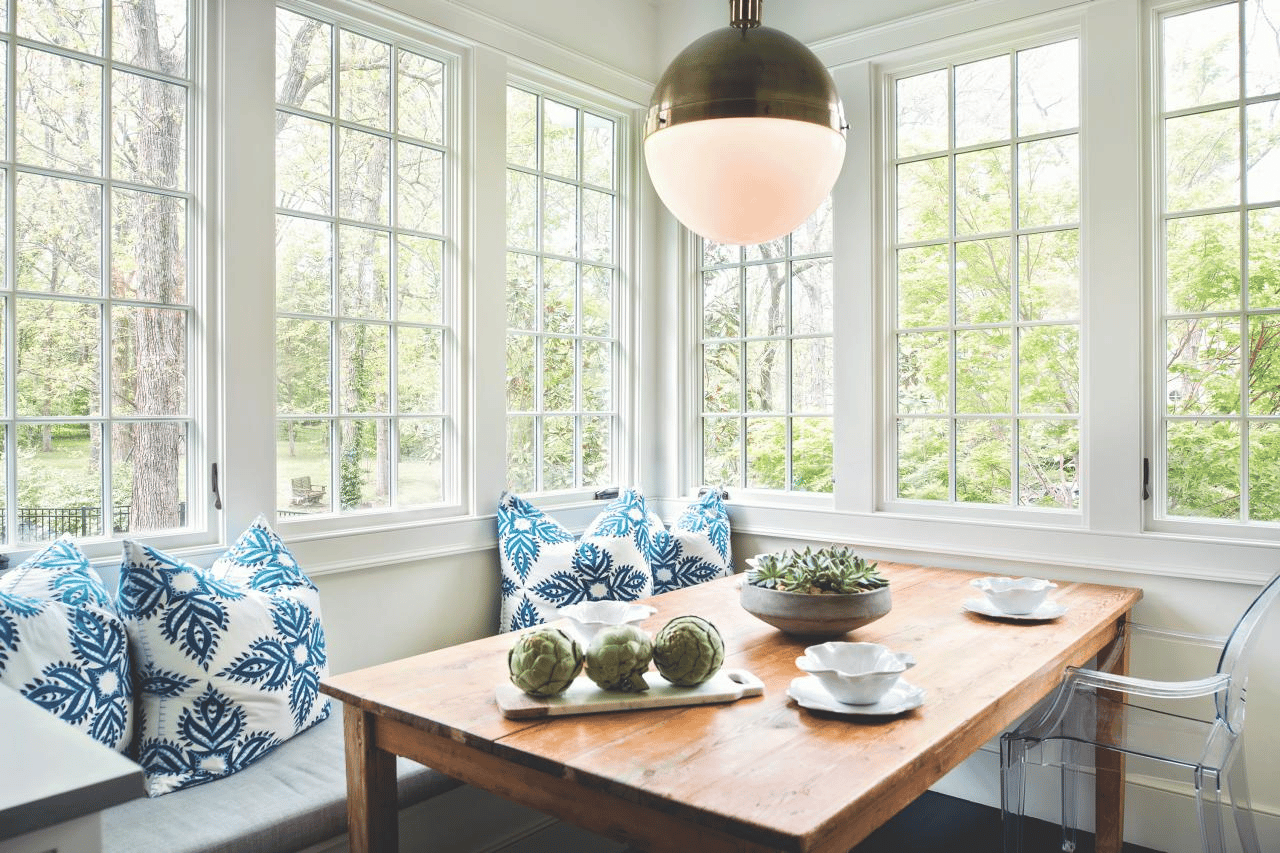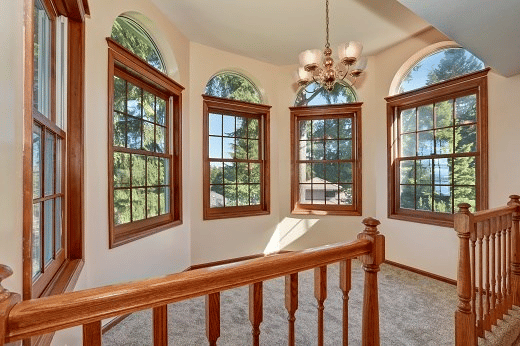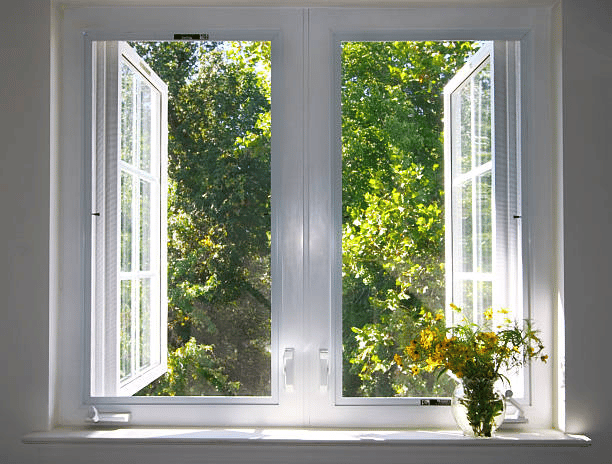Windows are critical components of any structure. And the anatomy of a window can vary based on the type and age of the unit. Regardless, it’s important to have a clear picture of the anatomy of a window by understanding the key parts of a window.
As trusted experts in windows, glass, and doors, Window and Door Specialties has created a quick, easy-to-read guide to the anatomy of a window. The following information highlights the entire window system, different parts of a window, and the window pane.
Read on to learn more and don’t hesitate to reach out to the experts at Window & Door Specialties for more energy-efficient window parts and components for doors.

What Are the Basic Parts of a Window?
Although windows can appear to be very complicated and complex, every window is made up of a few key parts at its very core.
Window Frame
The window frame is key to providing support and structure for the entire window. The frameworks to hold other pieces in place. All frames will be made up of a jamb, head, and sill.
Head of the Window
The head is the horizontal component of the window frame situated at the top of the window.
Single-Hung Window vs Double-Hung Window
On a single and double-hung window, the top sash and bottom sash or lower sash will be designed to slide down and up to close and open the window.
The single-hung window has one non-operable or fixed top sash and one movable or operable sash.
The double-hung window frame will have two movable or operable sashes. The sash lock and sash latch can be used on either double-hung windows or single-hung windows.
Window Sill
The sill is the horizontal surface or structure located at the bottom of the window. Also called a stool, sills protrude outward similar to a shelf on the bottom of a window.
Sills work to structurally hold the window in place and support it. At the same time, the exterior of the window sill offers a solution for directing water away from the window opening.
Window Sash
The window sash is the key component that ensures the glass pane is securely held in place. Sashes can vary based on the type of window. On the casement window, the window sash is designed to swing open.
Double-hung windows will have a lower and upper sash that moves down and up. On the other hand, a slider window has only one sash that glides from right to left and vice versa.

Window Jamb
The window jambs are the vertical parts of the window frame. These exterior side pieces help form the window frame and run from the top of the window to the bottom.
Window Pane
The window pane is the glass of a window. Window panes connect to the sash; and in some windows, the panes can connect to muntins. In either case, window panes can be a single-hung window, double-hung window, or triple-hung window for extra efficiency.
Window Muntins
Mutins are the grids of the window. Muntins can be functional and help hold the glass in place, dividing the pane into sections. Or muntins can be purely decorative and simply snap into place over the pane.

A Deeper Look at the Anatomy of a Window
In addition to the components mentioned above, windows can include many other parts. Some of the most common terms you may hear and parts of a window are briefly explained below.
Window Stiles
Window stiles are the major vertical supports of the frame of the window sash. These vertical pieces are strategically positioned on the sides of the window.
Window Glazing Compound
The glazing of a window serves is a putty-like substance that works to keep the panes of new windows or replacement windows in place.

Window Glazing Parts of Windows
To avoid confusion, glazing is a term used to refer to the glass in the window frame. Directly related to energy efficiency, glazing or glass can be a single or made up of multiple panes, such as:
Double windows,
Triple thicknesses with spaces of air in between.
In general, high-performance windows will be either double or triple-hung glass.
Apron of the Windows
Apron refers to the horizontal board or horizontal piece of windows located underneath the stool or windowsill. Aprons are decorative elements or trim that give the windows more curb appeal. As key decorative pieces, the apron bottom rail gives windows an attractive modern design and style.
Fixed Panel Head Casing of Windows
Head casing and side casing of windows explain the vertical and horizontal molding that surrounds the entire window. The head casing and side casing covers the space between the wall and the window. It can be installed on the exterior wall or interior wall of the home. In addition to function, casings offer a stylish finished appeal to the exterior of a structure.
The Latch Locking Mechanism of New Windows
The latch of the window is a locking device that helps seal the window unit closed. Similar to the lock strike of a door, the latch helps the weather stripping be more energy efficient. This locking mechanism helps keep cool air in during the summer and block out cold air in the winter.
Weather Stripping Parts of a Window
A weather strip is a resilient piece of material designed to cover the joint between the window frame and sash. Weather stripping helps reduce the leakage of air while preventing water from entering the structure.
The Operator Handle Part of an Awning Window
The operator is a moveable part of awning windows and casement windows that allows the user to close and open the unit. The casement window and window frame are attached by one or more hinges at the side.

Balance of the Window
The balance is a mechanical device utilized in double-hung glass windows and single-hung glass windows. Normally spring-loaded, the balance works to counterbalance the weight of the sash during closing and opening.
The Extension Arm of Windows
An extension arm or scissor arm is attached to the window unit at the stiles or the rails. This part of the window can be contracted or extended by cranking the operator’s handle to close and open the window.
Weep Holes of Windows
Weep holes are small individual openings in the window designed to allow condensation or water to safely escape.
Window Spacers
Spacers are located at the bottom and top of the window frame. They work to hold at least two or more panes of glass to assist with insulation.
Contact Window and Door Specialties Today. We have locations in Hendersonville, NC, Charlotte, NC, Fayetteville, NC and Myrtle Beach, SC!

Charlotte, NC

Hendersonville, NC

Fayetteville, NC

Raleigh, NC





